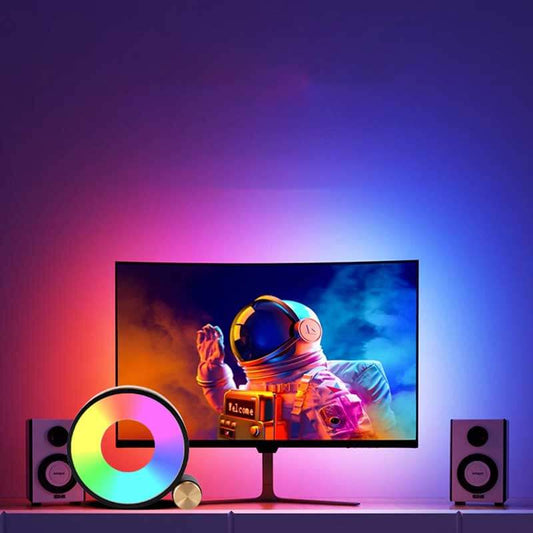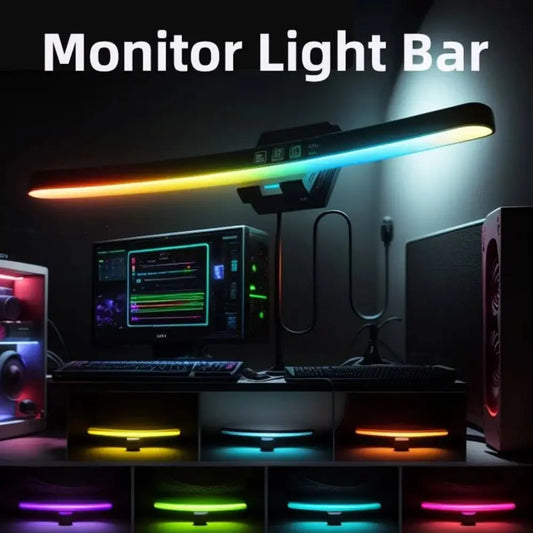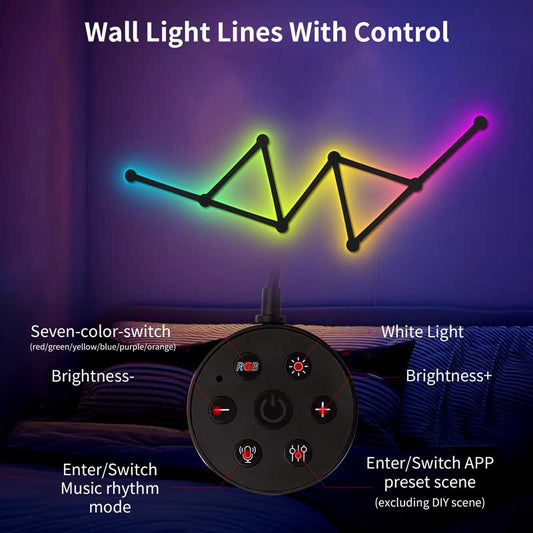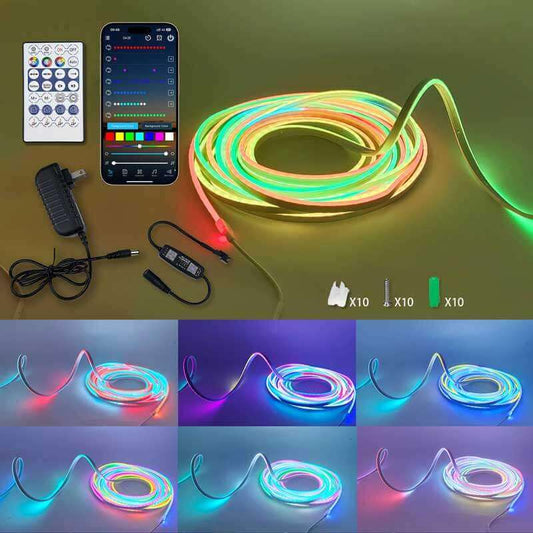Does RGB cause heat?
Aktie
RGB lighting itself produces minimal heat, as it relies on energy-efficient LED technology. Here's a detailed look at the relationship between RGB and heat:
Why RGB Does Not Generate Significant Heat
1. LED Technology
- Energy Efficiency: RGB lighting uses LEDs (Light Emitting Diodes), which are known for their low power consumption and minimal heat output compared to traditional lighting.
- Low Power Draw: The power required for RGB LEDs in PC components is tiny, typically around 0.1–2 watts per LED strip or component.
2. Heat Management in PC Components
- RGB Components: Motherboards, graphics cards, and other hardware with integrated RGB lighting often dissipate heat effectively. The heat generated by RGB lighting is negligible compared to the heat produced by the CPU, GPU, or power supply.
3. External RGB Accessories
- RGB Strips: Standalone RGB strips or external accessories, such as RGB lamps, also produce minimal heat. Their heat output is far below that of other electronics like monitors or gaming consoles.
When RGB Can Indirectly Affect Heat
While RGB itself doesn't cause significant heat, its impact can be indirect:
- Poor Airflow: Overloading a PC case with RGB components like fans or strips can clutter the space, potentially restricting airflow and raising system temperatures.
- Increased Power Usage: Excessive RGB lighting can add a small amount of extra power draw, though this is rarely enough to noticeably increase system temperatures.
Heat Output Comparison
- CPU or GPU: Can reach 60–90°C under load.
- RGB LEDs: Typically stay below 40°C even with constant use.
YOUWEI TRADE Conclusion
RGB lighting does not cause meaningful heat and won’t significantly impact your PC’s or room’s temperature. With proper cable management and airflow, you can enjoy the aesthetics of RGB without worrying about heat issues. If you're concerned about overall system heat, focus on cooling solutions for the CPU and GPU, as these components generate the majority of the heat in your setup.




